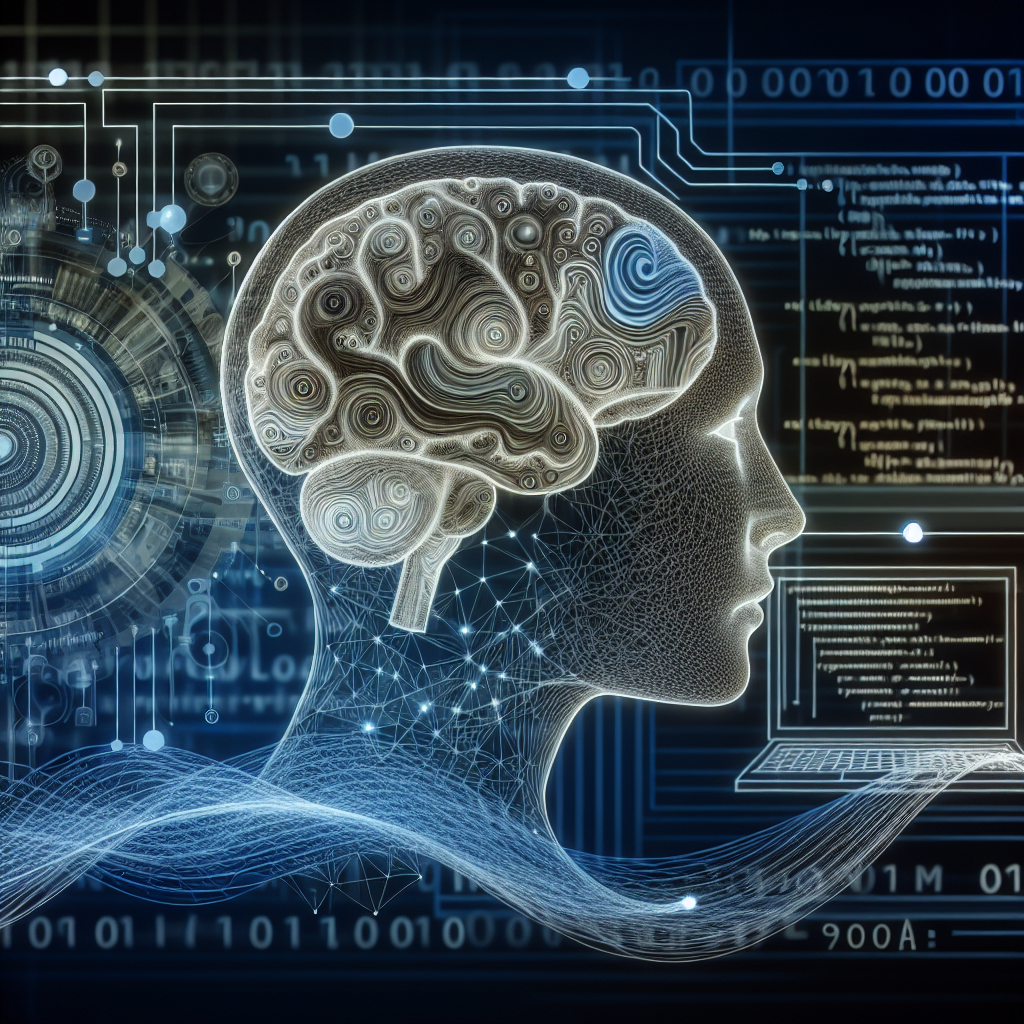Natural Language Processing (NLP) is a field of artificial intelligence that focuses on the interaction between computers and human language. It aims to enable computers to understand, interpret, and generate human language in a way that is both meaningful and useful. NLP plays a crucial role in a wide range of applications, including machine translation, sentiment analysis, chatbots, and speech recognition.
One of the key challenges in NLP is language understanding, which involves extracting meaning from text or speech. This is a complex task, as human language is inherently ambiguous and context-dependent. For example, the word “bank” can refer to a financial institution, the side of a river, or a place to store money. To accurately interpret the meaning of a sentence containing the word “bank,” a computer must consider the surrounding words and the broader context.
To tackle this challenge, NLP researchers have developed a variety of techniques and algorithms. One of the most widely used approaches is natural language processing, which involves breaking down text into its constituent parts and analyzing their relationships. This process typically involves several steps, such as tokenization (splitting text into words or phrases), part-of-speech tagging (identifying the grammatical role of each word), and parsing (determining the syntactic structure of a sentence).
Another important technique in NLP is machine learning, which involves training algorithms on large amounts of text data to recognize patterns and make predictions. For example, a machine learning model could be trained to classify text documents into different categories based on their content. This approach is particularly useful for tasks like sentiment analysis, where the goal is to determine the emotional tone of a piece of text.
In recent years, deep learning has emerged as a powerful tool for NLP. Deep learning involves training neural networks with multiple layers to learn representations of text data. These representations can capture complex relationships between words and phrases, enabling more accurate language understanding. Deep learning models, such as recurrent neural networks (RNNs) and transformers, have achieved state-of-the-art performance on a wide range of NLP tasks.
One of the key applications of NLP for language understanding is machine translation. Machine translation involves automatically translating text from one language to another. This task is challenging due to differences in grammar, syntax, and vocabulary between languages. However, NLP techniques, such as neural machine translation, have made significant progress in recent years. Platforms like Google Translate and Microsoft Translator use NLP algorithms to provide accurate translations in real time.
Another important application of NLP is sentiment analysis, which involves determining the emotional tone of a piece of text. Sentiment analysis is widely used in social media monitoring, customer feedback analysis, and market research. NLP techniques, such as text classification and sentiment lexicons, can help businesses understand how customers feel about their products and services.
Chatbots are another popular application of NLP for language understanding. Chatbots are AI-powered programs that can simulate conversations with users in natural language. NLP algorithms enable chatbots to understand user inputs, generate appropriate responses, and provide helpful information. Chatbots are widely used in customer service, e-commerce, and healthcare to provide instant support and information to users.
Speech recognition is another area where NLP plays a crucial role in language understanding. Speech recognition involves converting spoken language into text. NLP algorithms, such as automatic speech recognition (ASR) systems, use acoustic models and language models to transcribe spoken words accurately. Speech recognition technology is used in virtual assistants, dictation software, and voice-controlled devices.
In conclusion, Natural Language Processing (NLP) is a rapidly evolving field that plays a crucial role in language understanding. NLP techniques, such as natural language processing, machine learning, and deep learning, enable computers to analyze and interpret human language in a meaningful way. NLP has a wide range of applications, including machine translation, sentiment analysis, chatbots, and speech recognition. As NLP continues to advance, we can expect to see even more innovative applications that enhance our ability to communicate and interact with computers in natural language.
FAQs
Q: What is the difference between natural language processing and natural language understanding?
A: Natural language processing (NLP) refers to the broader field of using computers to interact with human language, while natural language understanding specifically focuses on the task of extracting meaning from text or speech.
Q: How does deep learning improve language understanding in NLP?
A: Deep learning involves training neural networks with multiple layers to learn representations of text data. These representations can capture complex relationships between words and phrases, enabling more accurate language understanding in NLP tasks.
Q: What are some real-world applications of NLP for language understanding?
A: Some real-world applications of NLP for language understanding include machine translation, sentiment analysis, chatbots, and speech recognition. These applications help businesses and organizations analyze and interpret human language in a meaningful way.
Q: How can businesses benefit from using NLP for language understanding?
A: Businesses can benefit from using NLP for language understanding in various ways, such as improving customer service with chatbots, analyzing customer feedback with sentiment analysis, and translating content for global audiences with machine translation.
Q: What are some challenges in using NLP for language understanding?
A: Some challenges in using NLP for language understanding include handling ambiguity in human language, dealing with variations in grammar and syntax between languages, and training models on large amounts of text data to achieve accurate results.

